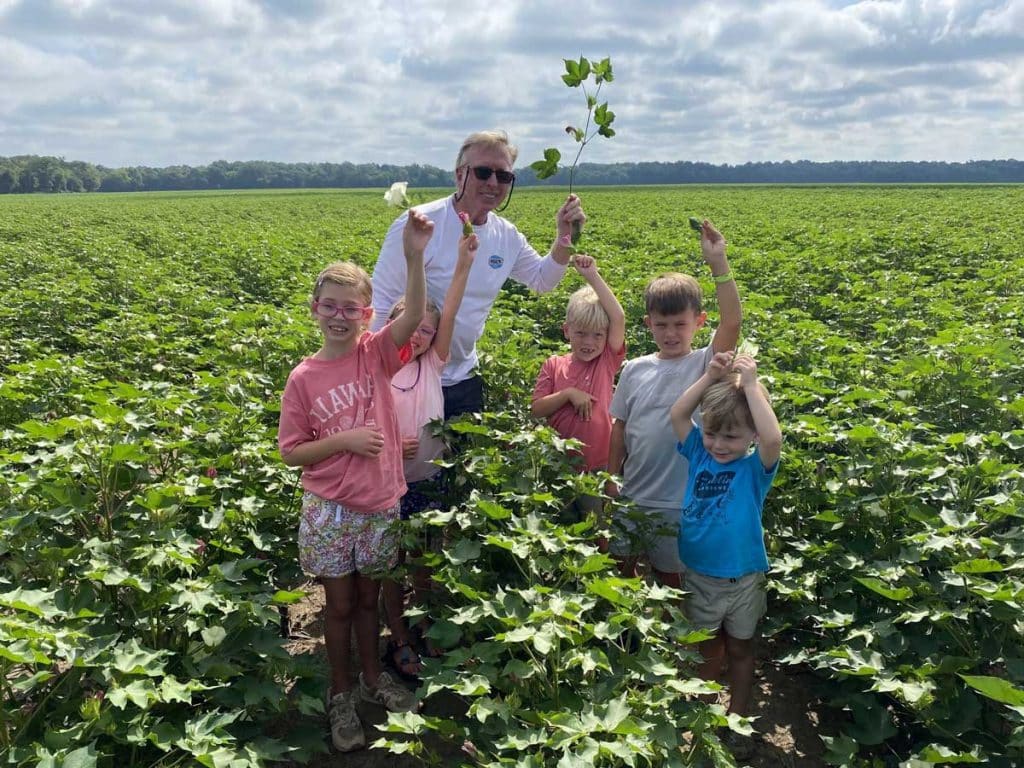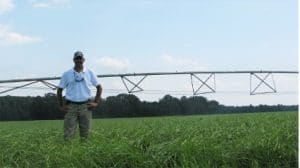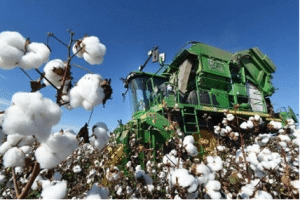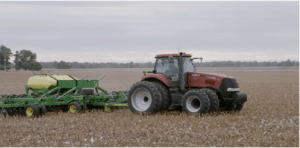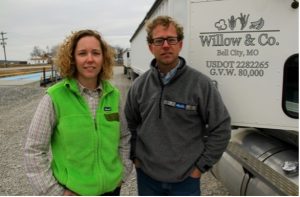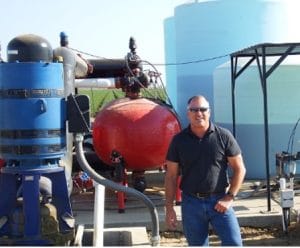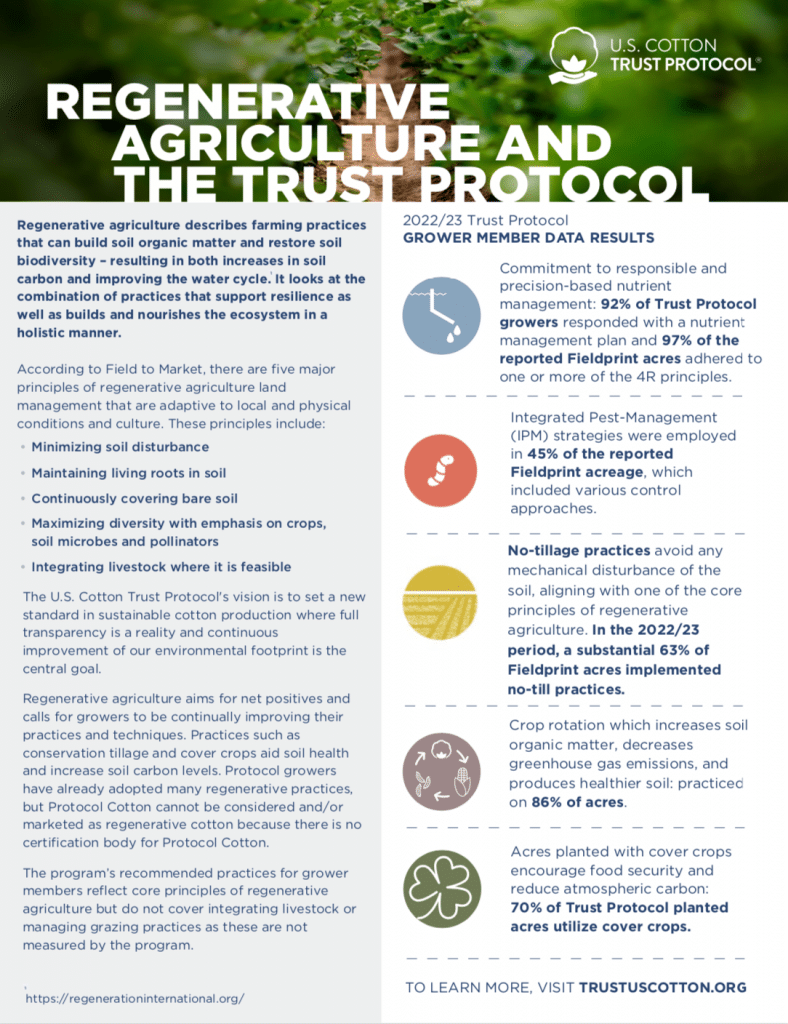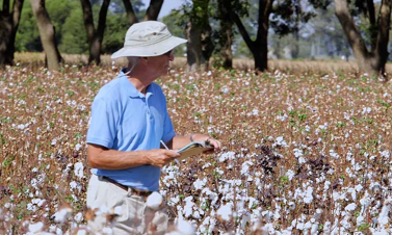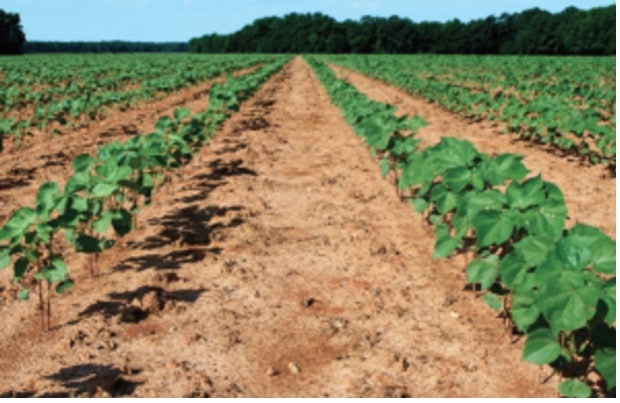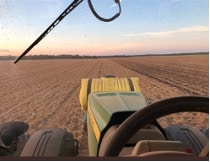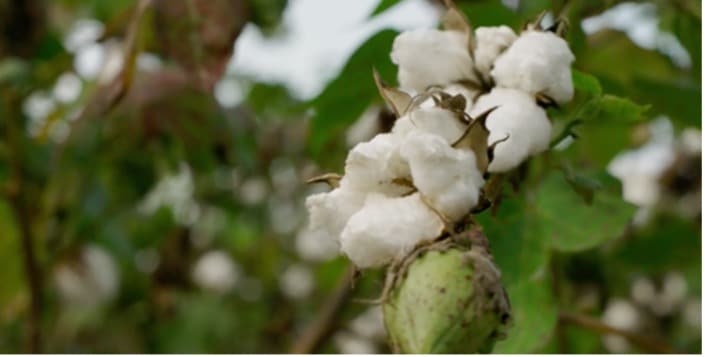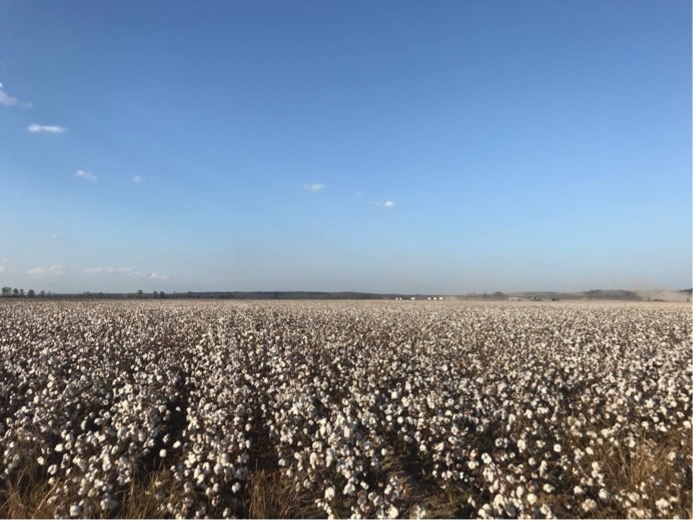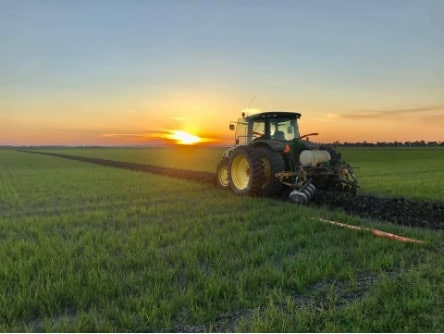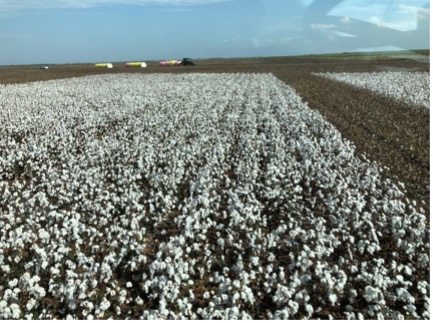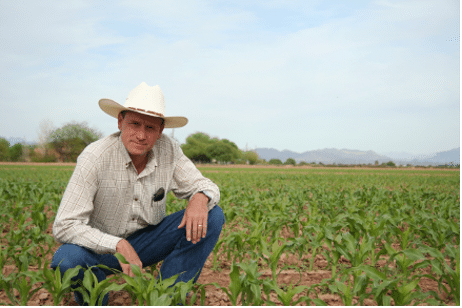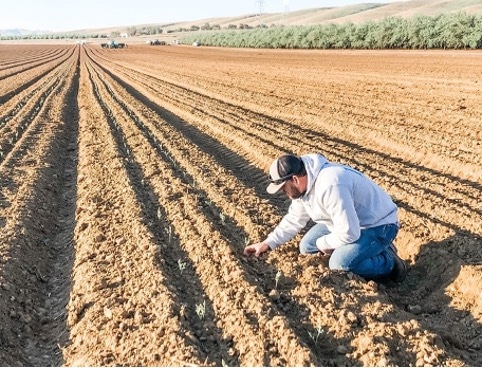In Our Fields
In the U.S., cotton is produced in 17 states stretching from Virginia to California. The Trust Protocol has grower members in all 17 of the cotton-producing states.
The program has tripled its grower membership in just three years with 975 members, whose 1.7m acres now represent almost a quarter (23%) of the entire cotton-growing area of the United States.
Get to know some of our growers and learn more about the Trust Protocol below.
Throughout the 17 cotton-producing states there are a variety of climates, temperature patterns, soils and more that mean there are no universal production techniques for growers. For example, while California experienced a drought in 2020, states such as Tennessee experienced increased rainfall, resulting in delayed harvests. These differences mean that growing practices vary dramatically by region, and there is not a one-size fits all approach to sustainable and responsible agricultural techniques. Trust Protocol growers make decisions based on their own operations, but understand that they can learn from their peers as a means of continually improving their environmental footprint.
Over 90% of Trust Protocol growers utilize precision agriculture technology including GPS receivers, multi-spectral images and ground-based sensors. These technologies gather field-specific parameters including soil conditions, nutrients and water availability. They assess the data to deploy site-specific crop management practices to maximize yields and minimize crop inputs. Real-time weather radar allows growers to avoid activities affected by storms, such as run-off from nutrient and herbicide applications. Yield maps show how areas within fields may need different management.
Meet the Growers:
Rusty Darby
Click on the icons to learn more.
In the 2023 Annual Report, the Trust Protocol reported that grower participation had reached 975 members, whose 1.7m acres now represent almost a quarter (23%) of the entire cotton-growing area of the United States.

VIRGINIA
 1 of 17
1 of 17
Donny Lassiter
NORTH CAROLINA
SOUTH CAROLINA
 3 of 17
Jimmy Webb
3 of 17
Jimmy WebbGEORGIA
 4 of 17
Nick McMichen
ALABAMA
4 of 17
Nick McMichen
ALABAMA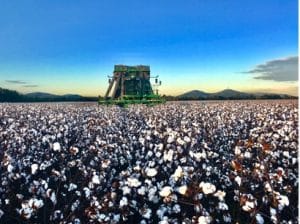 5 of 17
5 of 17
Nick Marshall
FLORIDA
John Lindamood
TENNESEE
MISSISSIPPI
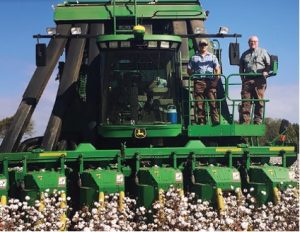 8 of 17
8 of 17
Laura Collins
MISSOURI
ARKANSAS
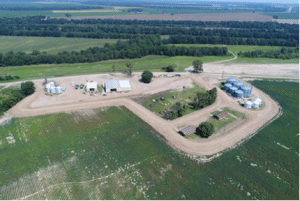 10 of 17
10 of 17
Ted Schneider
LOUISIANA
TEXAS
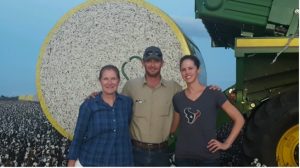 12 of 17
12 of 17
Clint Abernathy
OKLAHOMA
KANSAS
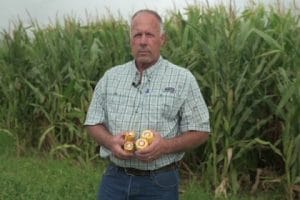 14 of 17
14 of 17
Jerry, Nancy, Dean, Amy, Cory and Kevin Calvani, Calvani Farms
NEW MEXICO
ARIZONA
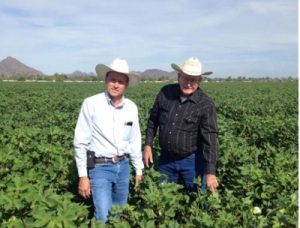 16 of 17
16 of 17
Aaron Barcellos
CALIFORNIA
Sustainability Metrics with Trust Protocol Growers
Listen in as six Trust Protocol growers talk about the key sustainability metrics the program tracks: water use, energy efficiency, land use, soil carbon, soil conservation and greenhouse gas emissions. Each grower will share the practices they use to continuously improve their environmental footprint.







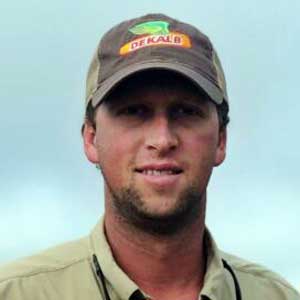



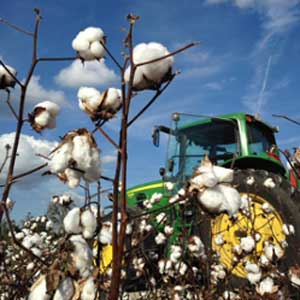
Seeding, Planting and Harvesting
Listen in as Trust Protocol grower John Lindamood (TN) talks about the cotton production process. John will take you through seeding, planting and harvesting of cotton crops.
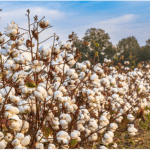


Regenerative Agriculture and Biodiversity
Regenerative agriculture describes farming practices that can build soil organic matter and restore soil biodiversity – resulting in both increases in soil carbon and improving the water cycle. It looks at the combination of practices that support resilience as well as builds and nourishes the ecosystem in a holistic manner.
5 Major Principles of Regenerative Agriculture
- Minimizing soil disturbance
- Maintaining living roots in soil
- Continuously covering bare soil
- Maximizing diversity with emphasis on crops
- Soil microbes and pollinators, and integrating livestock where it is feasible
The Trust Protocol’s recommended practices for grower members reflect core principles of regenerative agriculture. The program focuses on practices that minimize soil disturbance and loss, maintain living roots year-round, keep the soil covered, and maximize crop diversity. Farmers can also integrate livestock where feasible.
- 70% of Trust Protocol acres were planted with cover crops, which encourage food security and reduce atmospheric carbon
- Continuous reduced or no-till production increases the amount of soil organic matter near the soil surface and in 2022/23, 63% of Fieldprint acres implemented no-till practices
- 86% of Trust Protocol reported acreage practiced crop rotation in 2022/23, which maximizes biodiversity by increases soil organic matter, decreasing greenhouse gas emissions, and producing healthier soil
- 45% of Trust Protocol reported acreage practiced integrated pest management (IPM), which is a science-based approach that strategizes tools and techniques to identify and manage pests
Cotton is a difficult crop to grow. It is estimated that without pesticides, over 80% of the global cotton crop could be lost to insects, weeds, and fungi (Oerke, E.-C., & Dehne, H.-W. (2004). Safeguarding production— losses in major crops and the role of crop protection. Crop Protection, 23(4), 275–285. https://doi.org/10.1016/j.cropro.2003.10.001). This is why U.S. cotton growers make targeted use of a diverse and integrated range of pest management measures to avoid pest damage. When growers determine that pesticide use is unavoidable, they follow the United States’ stringent legal requirements for pesticide use. In addition, the U.S. Cotton Trust Protocol systematically measures impact across relevant key metrics such as soil carbon, land use efficiency, and soil loss.
The Climate Smart Cotton Program, led by the Trust Protocol, is a 5-year initiative that presents a transformative opportunity for cotton growers, offering a range of benefits that go beyond sustainability. As part of the Climate Smart Cotton Program, growers implement Climate Smart Agriculture (CSA) practices such as planting cover crops, reduced tillage, and nutrient management contributing to improved soil health, enhancing its fertility, structure, and long-term productivity. Click here to learn more.
The U.S. Cotton Trust Protocol was featured in EARTH with John Holden at the end of 2021. The segment details sustainable cotton production in the U.S. and demonstrates how the Trust Protocol brings quantifiable and verifiable goals and measurement to sustainable cotton production.
The Trust Protocol’s vision is to set a new standard in sustainable cotton production where full transparency is a reality and continuous improvement to improve our environmental footprint is the central goal. Regenerative agriculture aims for net positives, and calls for growers to continually improve their practices and techniques. Practices such as conservation tillage and cover crops aid soil health and increase soil carbon levels.
Regenerative agriculture builds upon the positive environmental impacts of sustainable practices, aiming for a whole systems approach to bio-sequestration, biodiversity, ecotoxicity, climate resilience, water systems, micronutrients, and ecosystem services.

